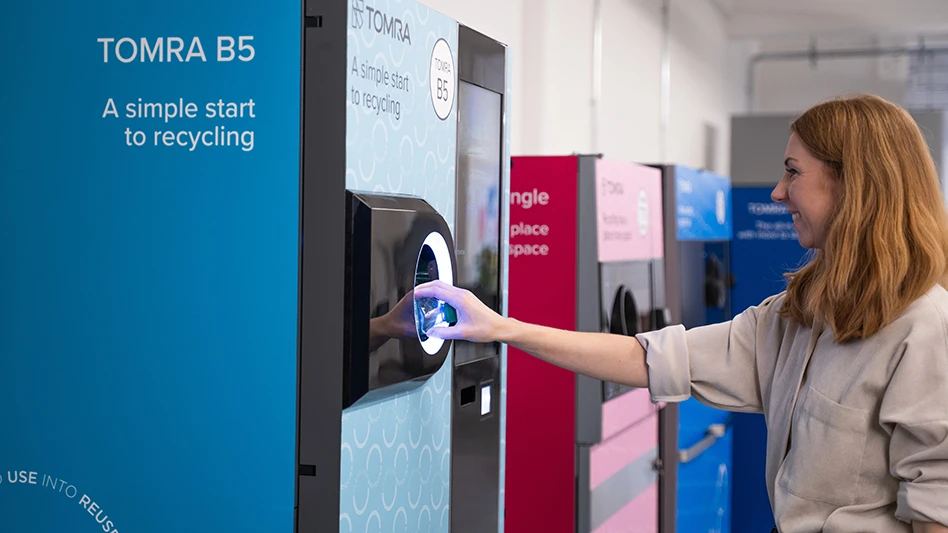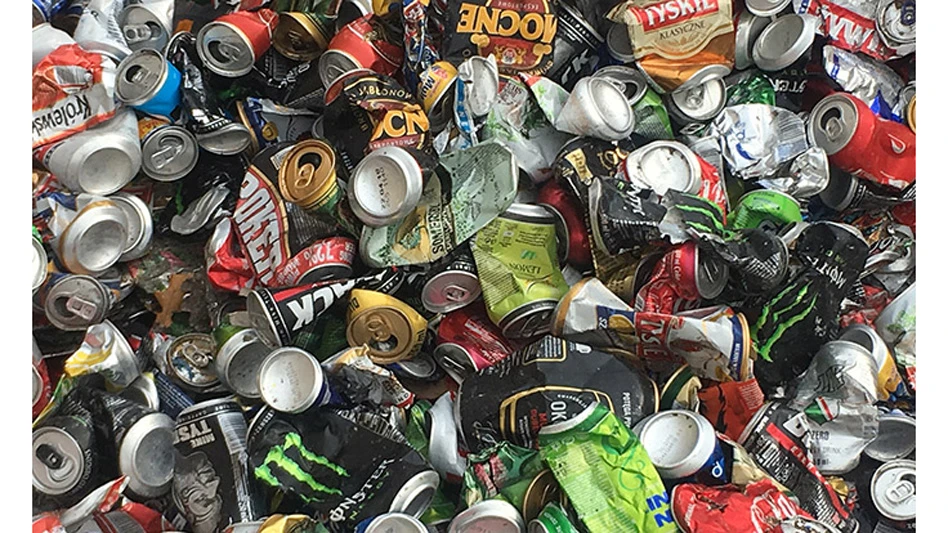
This figure differs from the one reported by the Aluminum Association earlier this month because CRI deducts imported scrap cans from the total recycled. CRI excludes imported cans from its calculations because they are not sold in the United States and “should not count in the domestic recycling rate,” in accordance to U.S. Environmental Protection Agency methods, a release from CRI states.
The CRI says that aluminum and beverage industry efforts to promote can recycling nationally has not achieved significant results.
“Three years ago, the industry formed the ‘Aluminum Can Council’ to address falling recycling rates,” Jenny Gitlitz, CRI research director, says. She adds that programs such as Habitat for Humanity and a kid-friendly Web site from the Aluminum Association that features Nickelodeon cartoon character Jimmy Neutron amount to “public relations campaigns” that “have a negligible impact on recycling.”
CRI, however, says that bottle bill programs are a sure way to increase the aluminum can recycling rate.
Pat Franklin, CRI executive director, says, “The industry insists that curbside recycling and better public relations can get their message across and spur citizens to recycle more, but they remain obstinate about acknowledging the only program proven to recycle 70-90 percent of the cans sold in any given market: the deposit system.”
She adds, “Despite a tripling in U.S. curbside access during the 1990s, aluminum can recycling rates have been trending down, due primarily to away-from-home consumption. People drinking sodas in the car or at work just aren’t going to bring their empties home to their blue bins. It’s the financial incentive of a 5- or 10-cent deposit that makes all the difference.”Latest from Recycling Today
- ReMA urges open intra-North American scrap trade
- Axium awarded by regional organization
- China to introduce steel export quotas
- Thyssenkrupp idles capacity in Europe
- Phoenix Technologies closes Ohio rPET facility
- EPA selects 2 governments in Pennsylvania to receive recycling, waste grants
- NWRA Florida Chapter announces 2025 Legislative Champion Awards
- Goldman Sachs Research: Copper prices to decline in 2026





